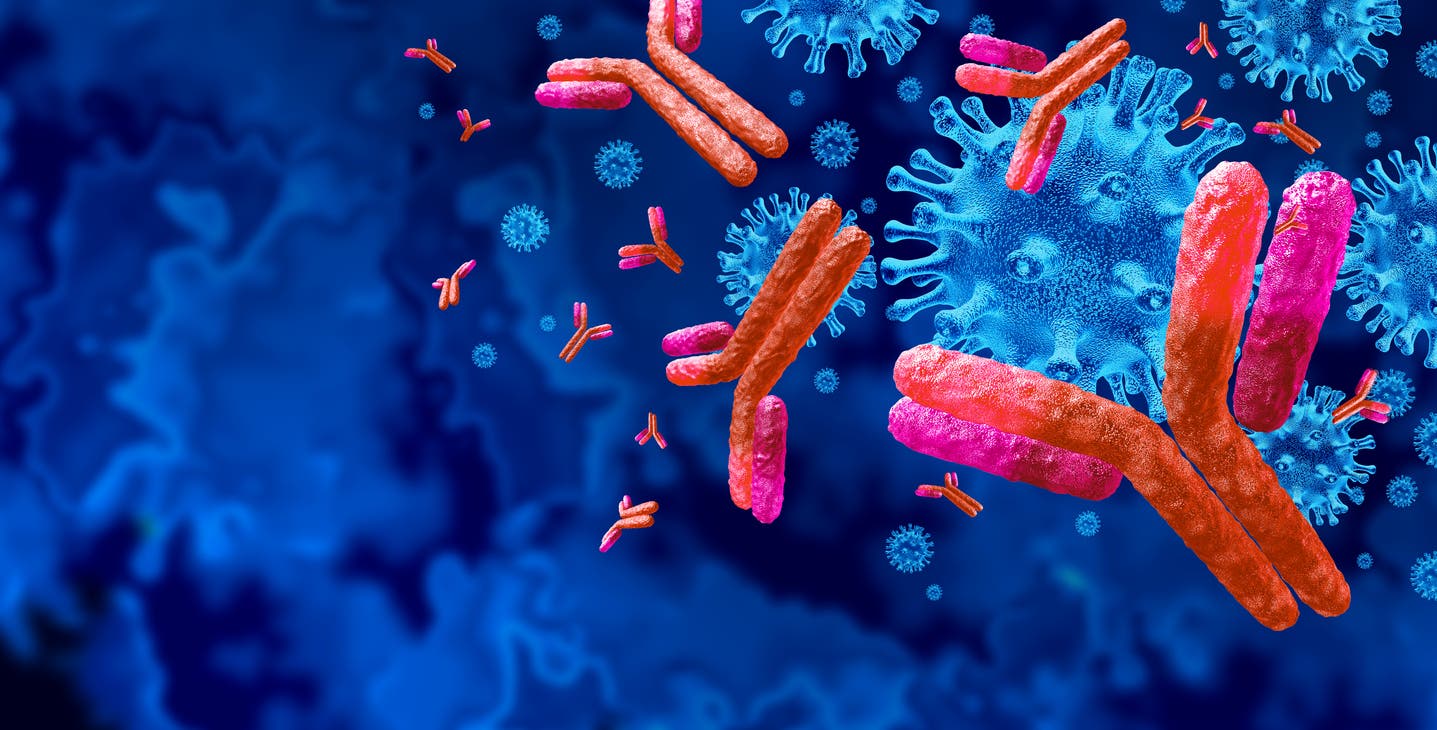
-
Published: 31 January 2022

With talk about the emergence of a new version of "Omicron", called "The Invisible Omicron", according to some estimates that it is stronger than its predecessor, concern has begun to seep into health care providers in the world.
At the beginning of the spread of "Omicron", data and studies showed that it was fast contagious and at the same time mildly infected, but it became dominant over Corona injuries, surpassing previous strains such as "Delta".
The World Health Organization says the sub-strain of Omicron, which it has named BA.2, differs from previous mutations due to the novel nature of the virus' spinal protein.
This mutation, which was detected in December 2021, led to a new spread of corona infection, including penetrative cases, that is, infection of people who had received the vaccine.
And goodhousekeeping says information is still scarce about the Omicron subspecies, and it is likely that health authorities will reveal more information about it in the future.
So far, severe Omicron patients can experience the following symptoms, which were reported by the Centers for Disease Control and Prevention:
Fever or chills Cough Difficulty breathing Fatigue Muscle aches Headache Loss of taste and smell
Sore throat - Diarrhea - Nausea - Runny nose
It is reported that the main "Omicron" strain causes symptoms, including: itchy throat, runny nose, sneezing and headache, in addition to muscle pain.
